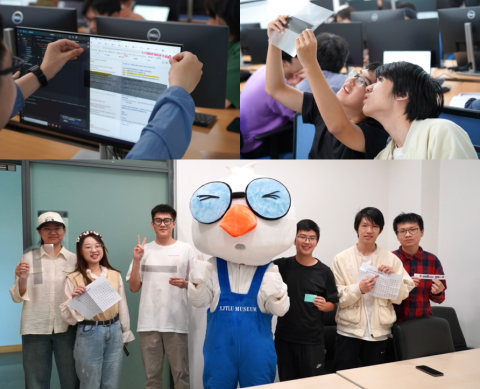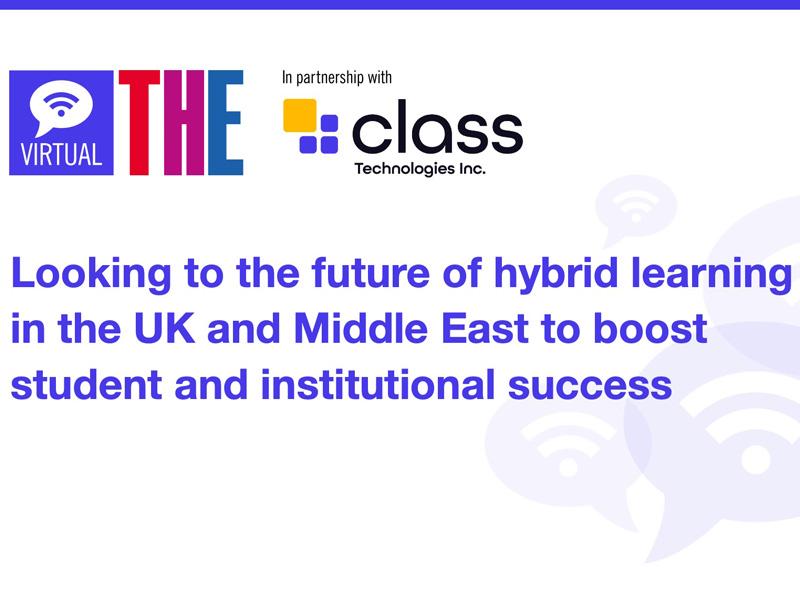
We used a hybrid escape room to dramatically boost student attendance
Low class attendance has been a growing trend since the pandemic, so how can we encourage students to come back? Educators at Xi'an Jiaotong-Liverpool University share their innovative strategy
You may also like
Popular resources
Following our post-pandemic return to campus, we noticed a decrease in lab session attendance, a trend that continued throughout the semester. Because we repurposed the lab materials we used while teaching online to facilitate automatic grading and feedback, students don’t need to be physically present. But missing lab sessions means they miss important information and opportunities to interact with peers and teaching assistants, which could lead to low performance and an increased dropout rate.
To address low in-person class attendance, Unesco released a toolkit with advice on how to adopt a hybrid learning strategy. Off the back of this, and promising pilot studies involving escape rooms across our institution, we decided to adopt educational escape rooms to increase student engagement during our lab sessions.
- Resource collection: Higher education goes hybrid
- Three blended learning challenges and how to overcome them
- Three tips for a future of hybrid teaching
An educational escape room is an immersive learning activity designed to engage students through puzzles and subject-specific tasks. Players, often in teams, navigate themed scenarios within a time limit, which helps reinforce knowledge and promote critical thinking, teamwork and problem-solving skills. They’re a lot of fun, and we can also adapt them to online use.
In doing this, we wanted to address the following questions:
- How can we repurpose online material previously developed for a virtual learning environment and encourage students to attend the labs?
- How can we encourage effective interactions among students and teaching assistants?
For our first-year programming module, we combined elements of an online escape room with in-person interactions and physical rewards in our labs to create a hybrid escape room. We organised students into groups and assigned a teaching assistant to provide hints.
We tasked these groups with completing online questions and quizzes relevant to the week’s material. Physical rewards, such as transparent pieces of paper containing hidden messages, served as incentives for task completion, and students could only get them from the lab. During the final lab session, students used the rewards they collected to embark on a campus-wide mission to rescue Captain Bird, our university’s mascot. In total, 500 students, supported by two teachers and 12 teaching assistants, took part in the escape room.

When developing this module, we repurposed online programming problems, integrating them with online escape room elements using HTML5 Package, a platform that allows teachers to create interactive content for learning management systems. We previously developed these programming problems for the online version of this module. However, by using this technology, we were able to construct a storyline using videos or 3D pictures and incorporate different quiz elements, hints and animations. We also sequenced the tasks so that their completion not only enabled students to escape the digital room but helped them achieve learning outcomes.
Preliminary feedback showed us that students felt more motivated to work on programming tasks that form part of the digital escape rooms. Students also benefitted from the knowledge of their peers in a collaborative environment. The escape rooms led to increased engagement, improved connections and a real sense of achievement upon task completion. Thus, the completion rates for online lab tasks have been consistently high. Students have been actively engaging with their teaching assistants and lab mates in the discussion of lab tasks. Notably, lab attendance has consistently surpassed the 90 per cent mark.
The logistics behind a hybrid escape room
To design an effective semester-long hybrid escape room for a large cohort of students, we began by defining a theme that connected the learning outcomes with digital elements and physical rewards. We then designed a series of programming-related tasks, urging students to solve problems to unlock the information necessary to obtain physical rewards. We organised each 100-student lab group into groups of five to seven students.
Teaching assistants were available to assist students when they needed help, ensuring the process went smoothly. The final lab integrated the physical rewards students collected into the main storyline of the escape room. It was crucial to ensure that the physical rewards functioned as clues and demonstrated meaningful significance only when combined with the last reward unveiled in the final lab. While our primary goal was to ensure everyone completed the lab and achieved the learning outcomes, we also acknowledged and rewarded the fastest teams to successfully navigate the escape room.
Our experience showcased that these innovative strategies fostered collaborative interaction among students and teaching assistants. With positive student feedback and consistently high lab attendance, these approaches proved effective in a hybrid learning setting.
Erick Purwanto is a teaching fellow, Na Li is associate professor and Ting Ting Tay is assistant professor, all at Xi’an Jiaotong-Liverpool University (XJTLU).
If you would like advice and insight from academics and university staff delivered direct to your inbox each week, sign up for the Campus newsletter.




